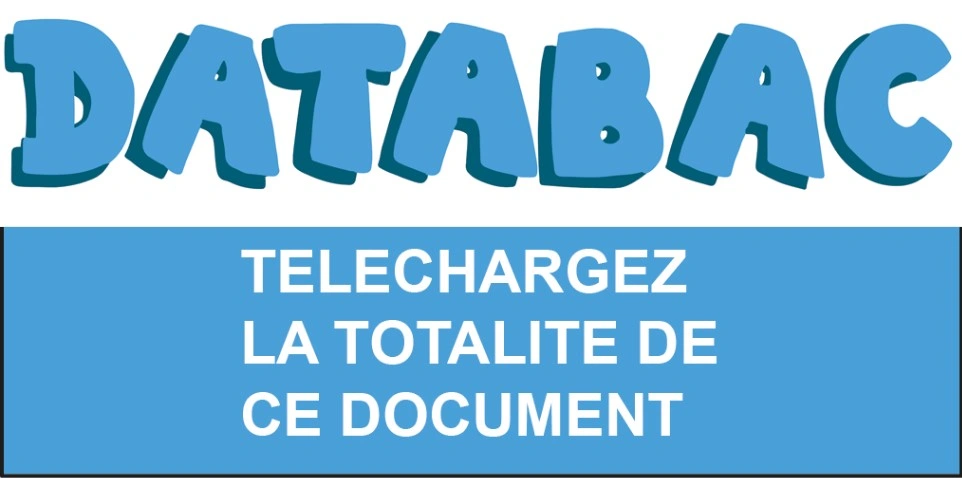Gatsby’s commentary chapter 3
Publié le 20/04/2023
Extrait du document
«
The Great Gatsby
The document understudy is an excerpt from the novel The Great Gatsby written by Francis Scott Fitzgerald
and published in 1926.
The story takes place at night, during the summer, in Gatsby's house, on Long Island
Sound.
The characters present are Gatsby, Jordan Baker, the narrator as well as the dancers and the musicians
(party-goers).
The narrator is homodiegetic.
In this case, he is a character in the story he is telling.
The
focalisation in the story is internal from the narrator, Nick Carraway, who is a young man, who was a soldier
during the First World War.
The reader sees the entire story from his point of view, including the description of
the party.
You know what the narrator is thinking but not what the others character are thinking which builds
up suspense in the reader.
We can see it through the verbs of perceptions ("the scene had changed before my
eyes", l.21), the personal pronouns ("I was...", l.17) and the possessive determinants ("myself" , l.20) used.
However, through Nick’s eyes, Gatsby is looking (« he looked at me », l.23) there is therefore a simultaneous
focalisation.
In this extract, Nick describes watching endless parties going on in Gatsby's house.
At the party,
Nick feels out of place, and notes that the party is filled with people who appear aware of the "easy money"
surrounding them.
Nick and Jordan sit outside watching the party, Nick strikes up a conversation with the man
sitting next to him.
The man thinks Nick looks familiar.
They realize they may have crossed paths during
World War I.
The man introduces himself: he's Jay Gatsby.
Gatsby has a dazzling smile, and refers to everyone
as "old sport." Gatsby also interests Nick because he realizes his host's identity is a mystery, no one really
knows him.
We can therefore ask ourselves : How does Fitzgerald manage to capture and transcribe the essence of
the 20s through the party and the character of Gatsby ?
I.
Money and Materialism : A Portrait of American Society in the 1920s
=> Nothing says Roaring 20s excess like the insane party Gatsby throws.
In Nick's description, it's an
explosion of decorations, food, alcohol, music, and anonymous guests who don't even know the host.
This,
combined with the over-the-top level of entertainment he provides is jarring even for the wealthy West Egg
crowd, and speaks to the materialism and conspicuous display of consumption the novel deplores.
For
example, there is a whole lexical field of wealth and luxury : « costume » (l.
12) ; « champagne » (l.21) ;
« chauffer » (l.44) ; « butler » (l.66) ; « palace » (l.93) ; « parties » (l.
94).
=> Noises, sounds, music, colors : everything is full to the brim, there is no space to emptiness.
The narrator
describes the atmosphere, the activity, what they produce.
Indeed, he evokes the « tinny drip of the banjo »
(l.15), the « happy vacuous bursts of laughters toward the summer sky » (l.10), a « celebrated tenor had sung in
Italian » (l.7) and « a notorious contralto had sung in jazz » (l.15).
There are moments in the first paragraph
who are pictorials, a sort of impressionism, like this passage where the moon is reflected in the river : « The
moon had risen higher… » (l.13-14)
=> The party's incredible luxury seems to be the fulfillment of the American Dream.
Everything is in excess
and disproportion.
Indeed, whether it's the « finger bowls of champagne » (l.
20-21) or the « uncontrollable »
laughter of the guests.
Nick's feelings of discomfort at the party shows that he senses the emptiness behind the
party.
II.
A Hidden Loneliness
=> dehumanization : The first sentence is a gallery of portraits, sometimes individual, sometimes in groups.
« There was people dancing » (l.1) is an impersonal form, most anonymous.
They are reduced to moving
bodies on the dance floor, the « canvas » (l.1).
It is a polysemic word which also allows to evoke the
embroidered canvas on which can appear portraits, characters (thus reinforcing the dehumanization of the party
goers)
=> Tensions, bathos : the description « old men pushing young girls » (l.1-2) and the adjective « graceless »
between « eternal » and « circles » (l.2) creates tension, an opposition by the inadequacy of those couples.
Likewise, the sentence : « single girls dancing individualistically » (l.5) is redondant and highlights the
loneliness in this gallery.
We can finally note the juxtaposition of those words : « tortuously » (l.3), which
implies discomfort, and « fashionably » (l.3) which involves some form of glamor.
This juxtaposition surprises,
impressive, even shocks the reader.
This tension, this malaise is itself perceptible in the space which opposes
the "canvas in the garden"....
»
↓↓↓ APERÇU DU DOCUMENT ↓↓↓
Liens utiles
- fiche de lecture sur Gatsby le magnifique
- commentary autumn the bluest eye
- QUELQUES AUTEURS ANGLOSAXONS A connaîtreUSFrancis Scott FitzgeraldThe Great Gatsby.
- Tom Jones (1749)Henry FieldingBook I -- Chapter 1An author ought to consider himself, not as a gentleman who gives a private oreleemosynary treat, but rather as one who keeps a public ordinary, at which allpersons are welcome for their money.
- ?Commentary on Ode à Cassandre and Sonnet XVIOde

































